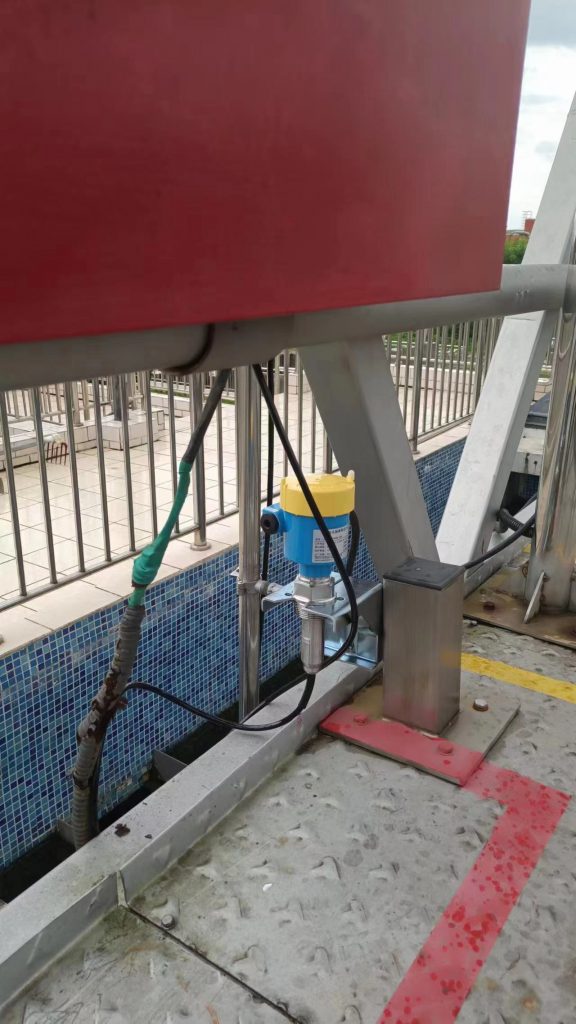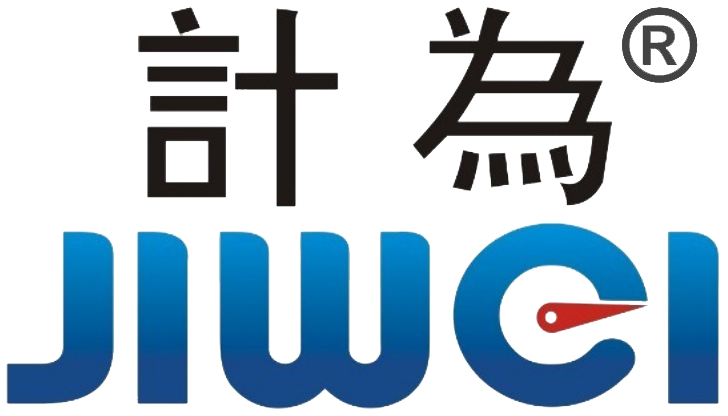Why Point Level Switches Are Ideal for Solid-Liquid Interface Detection: Insights from Industrial Applications in Singapore
Accurate detection of solid-liquid interfaces is essential in industries such as wastewater treatment, palm oil refining, and chemical production. These interfaces often involve suspended solids, sludges, or sediments that settle or accumulate over time. Identifying exactly when solids reach a specific level can be difficult—especially when foam, vapor, or media variation interferes with traditional continuous sensors like radar or ultrasonic transmitters.

A point level switch—especially the vibrating rod type—is purpose-built for this challenge. It provides a simple, binary output that indicates whether solid material has reached a defined threshold. Compared to analog level meters, it delivers high stability, resistance to environmental variation, and ease of integration with PLC control systems.
This article explores five key reasons why vibrating rod point level switches excel at solid-liquid interface detection, with real-world use cases from Singapore to illustrate their practical advantages.
1. Reliable Detection at the Solid Phase of the Interface
Point level switches work by identifying the presence or absence of solid materials at a specific level. In the case of vibrating rod point level switches, the device detects a dampening in vibration frequency when immersed in settled or suspended solids—making it highly reliable for detecting the solid portion of a solid-liquid interface.
A good example comes from a wastewater treatment plant in western Singapore, where secondary clarifier tanks accumulate sludge at the bottom. Operators must remove the sludge before it rises too high and contaminates the clarified water layer. Jiwei’s vibrating rod point level switch was installed at a critical control height, enabling automatic pump activation without visual inspection or manual sampling. Even in the presence of foam and density fluctuations, the device accurately detected the sludge blanket level, helping the plant optimize discharge timing.

2. Stable Operation Despite Coating, Vapor, or Material Variation
Many traditional sensors suffer from instability when exposed to varying materials or environmental conditions. Optical and ultrasonic technologies are especially prone to false readings when there is vapor, foam, or coating on the sensor surface. Vibrating rod point level switches, on the other hand, are mechanical-contact-based devices that maintain reliable performance regardless of ambient humidity, particle size, or media conductivity.
For example, a palm oil mill near Johor supplying crude oil to Singapore refiners had long struggled with sediment detection during clarification. The mixture of palm oil, water, and fiber created a layered interface where solids would settle at the tank bottom. Previous sensors failed repeatedly due to coating and product buildup. By replacing them with Jiwei’s vibrating rod point level switches, operators achieved consistent detection of solid sediment without misreadings—even during peak oil separation cycles with high viscosity and temperature.
3. Plug-and-Play Setup—No Calibration Needed
Unlike capacitive or radar systems that may require tuning based on dielectric constant, conductivity, or specific tank geometry, a point level switch functions out of the box. This is particularly useful for operations with frequent batch changes or complex material behavior.
At a chemical blending facility in Tuas, various powdered additives were mixed into solvents inside jacketed process tanks. The concentration and composition of solids varied depending on the product formulation. Continuous level transmitters proved unreliable, as signal reflection and damping changed with every new batch. Engineers instead deployed Jiwei’s vibrating rod point level switch at the interface control height. It accurately identified the presence of solids regardless of particle type or concentration, eliminating the need for calibration and improving automation consistency.

4. Robust and Maintenance-Free for Harsh Industrial Environments
Singapore’s tropical climate and industrial environments—often hot, humid, and chemically aggressive—pose a challenge for many types of instrumentation. Jiwei’s vibrating rod point level switches are built with IP67-rated housings and stainless-steel probes, allowing long-term operation in harsh conditions without corrosion or signal degradation.
A craft brewery in Mandai offers a telling example. During fermentation, solid grain residues (beer lees) settle at the bottom of fermentation vessels, and the brewer must carefully control transfer timing to avoid contaminating the finished beer. Optical sensors previously used became unreliable due to CO₂ vapor, foaming, and frequent CIP (Clean-In-Place) procedures. Jiwei’s vibrating rod point level switch was installed near the cone bottom of the fermenter, and it accurately detected when the lees bed reached the set threshold, allowing automated transfer to proceed at the optimal time. The sensor remained stable even after dozens of CIP cycles and met hygienic standards for food contact equipment.

5. Proven Use Cases in Singapore’s Key Industries
Below are real-world examples where point level switches have delivered measurable results across Singapore’s industrial sectors:
✔️ PUB Wastewater Treatment – Sludge Interface Monitoring
At a Public Utilities Board (PUB) wastewater plant, Jiwei’s vibrating rod point level switches helped automate sludge removal in clarifiers by detecting when the sludge blanket reached 1.2 meters from the tank bottom. This replaced manual inspections, resulting in a 50% reduction in operator time and better effluent clarity.
✔️ Jurong Lubricant Plant – Solid Additive Control
A specialty oil manufacturer in Jurong used horizontal tanks to separate solid additives from oil blends. Jiwei’s point level switch was installed to detect the sediment layer, enabling precise discharge of solids without oil loss. This change resulted in an 18% reduction in product wastage and better process repeatability.
✔️ Bukit Batok Distillery – Grain Lees Detection
A rice-based spirit distillery needed to detect when rice solids (lees) settled in fermentation tanks. Jiwei’s vibrating rod switch offered reliable solid detection in a foamy, vapor-rich environment. The device enabled precise mash separation, improving flavor consistency and ensuring regulatory compliance for food-grade processes.
Conclusion: Point Level Switches Offer a Solid Edge
For applications that require accurate detection of the solid layer within a solid-liquid interface, the vibrating rod point level switch is an exceptionally practical solution. Whether in sludge tanks, sedimentation basins, oil clarification units, or food fermentation systems, it delivers reliable results with minimal maintenance.
Unlike complex continuous measurement systems that require calibration and often fail under difficult conditions, Jiwei’s point level switches are robust, straightforward, and cost-effective—making them a preferred choice across Singapore’s industrial landscape.
When precision, uptime, and simplicity matter, the point level switch becomes more than just a sensor—it becomes a trusted control instrument.

